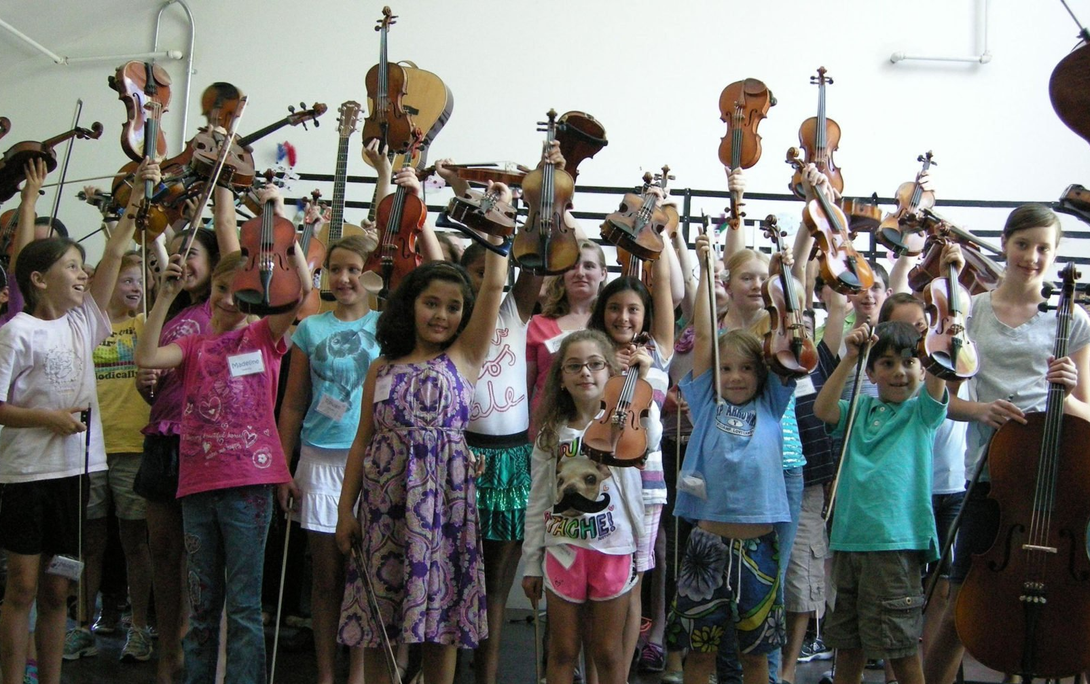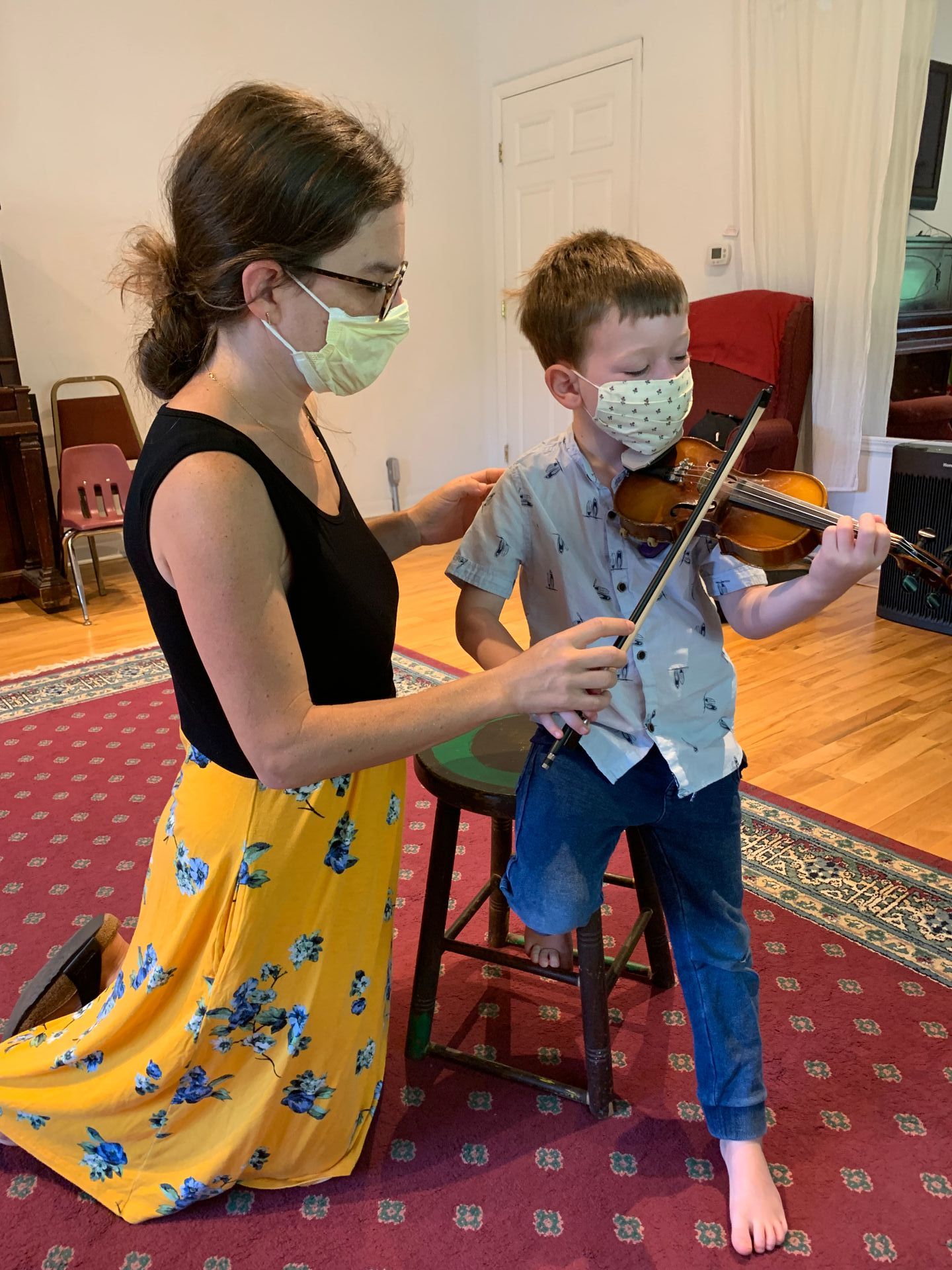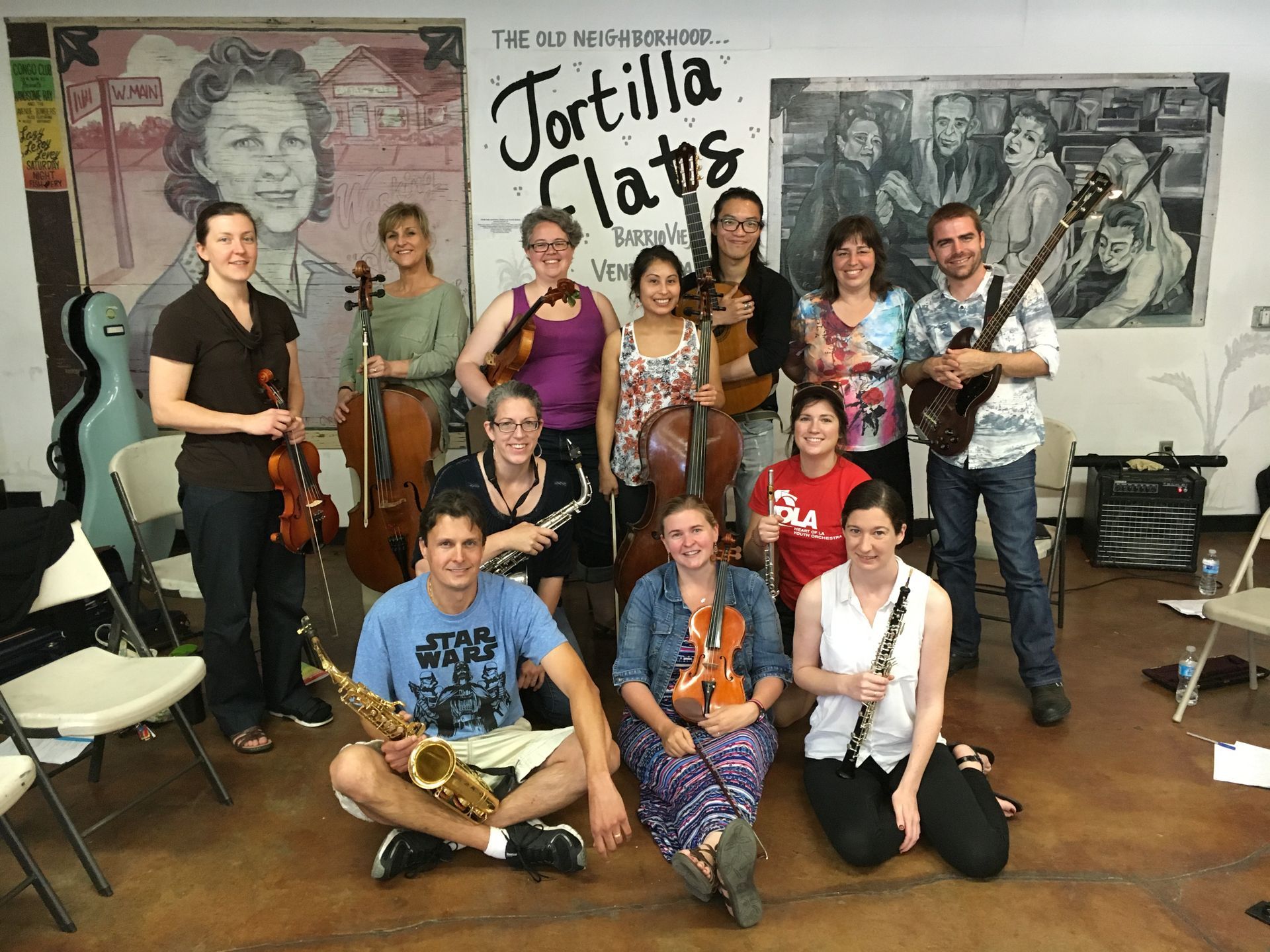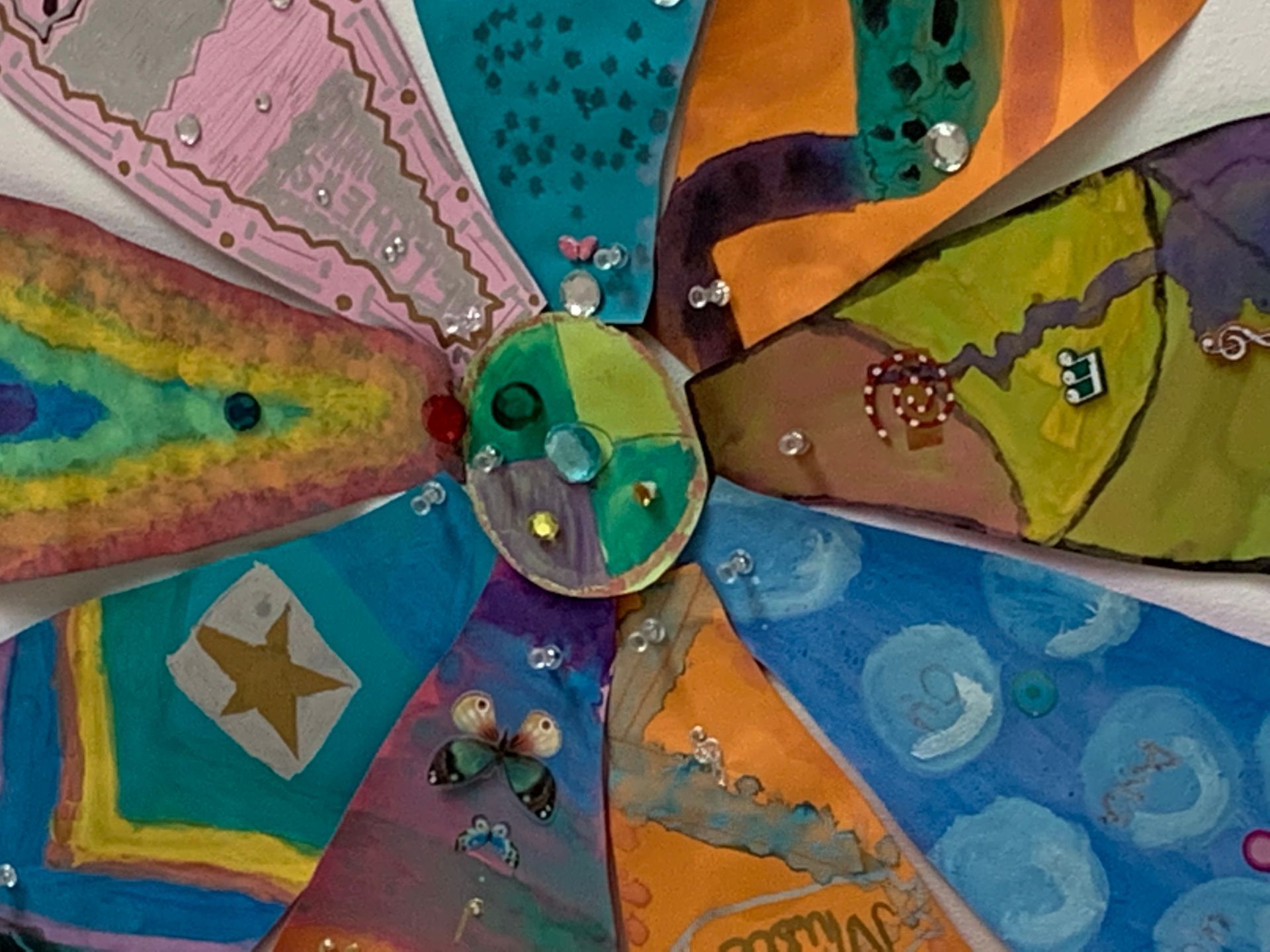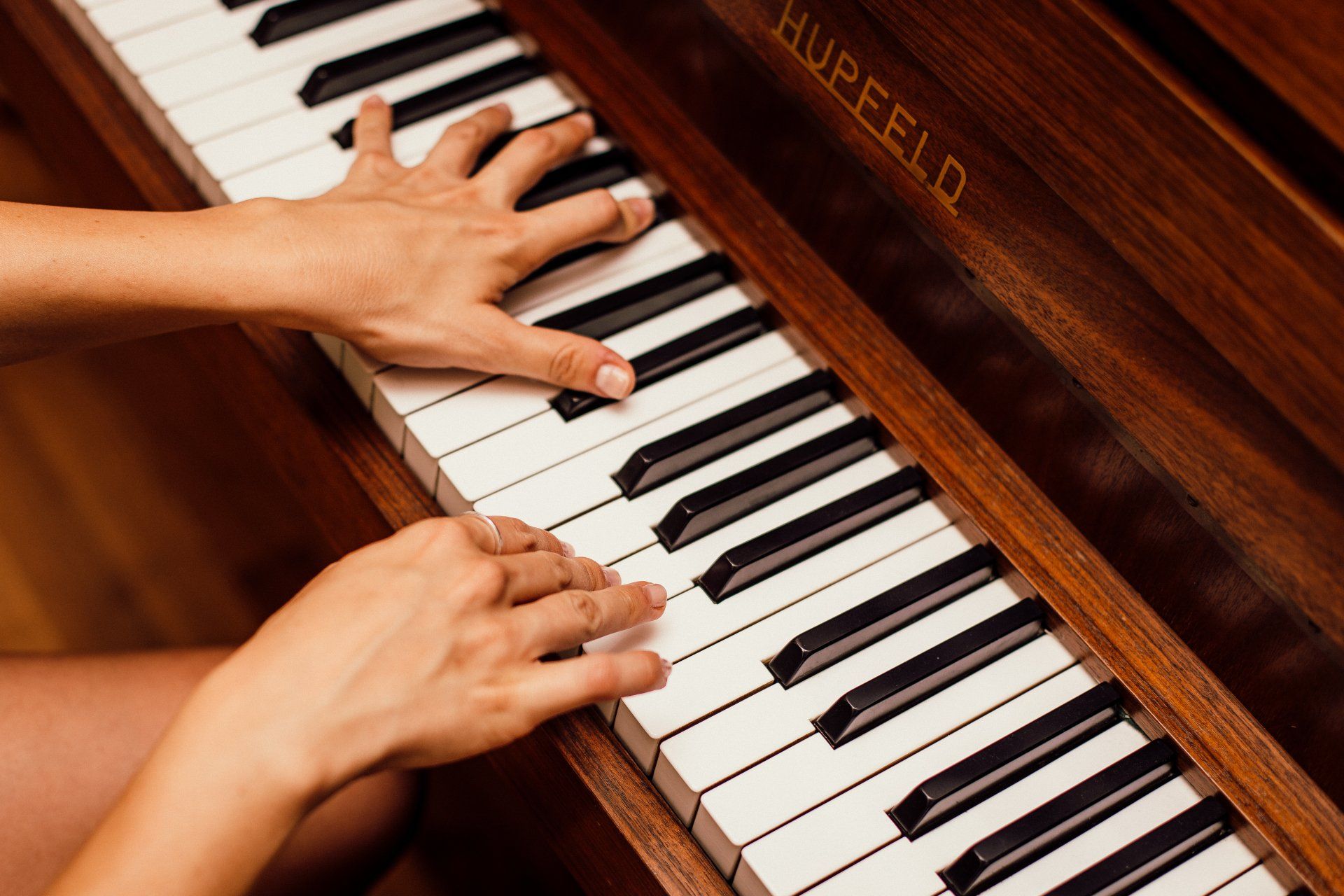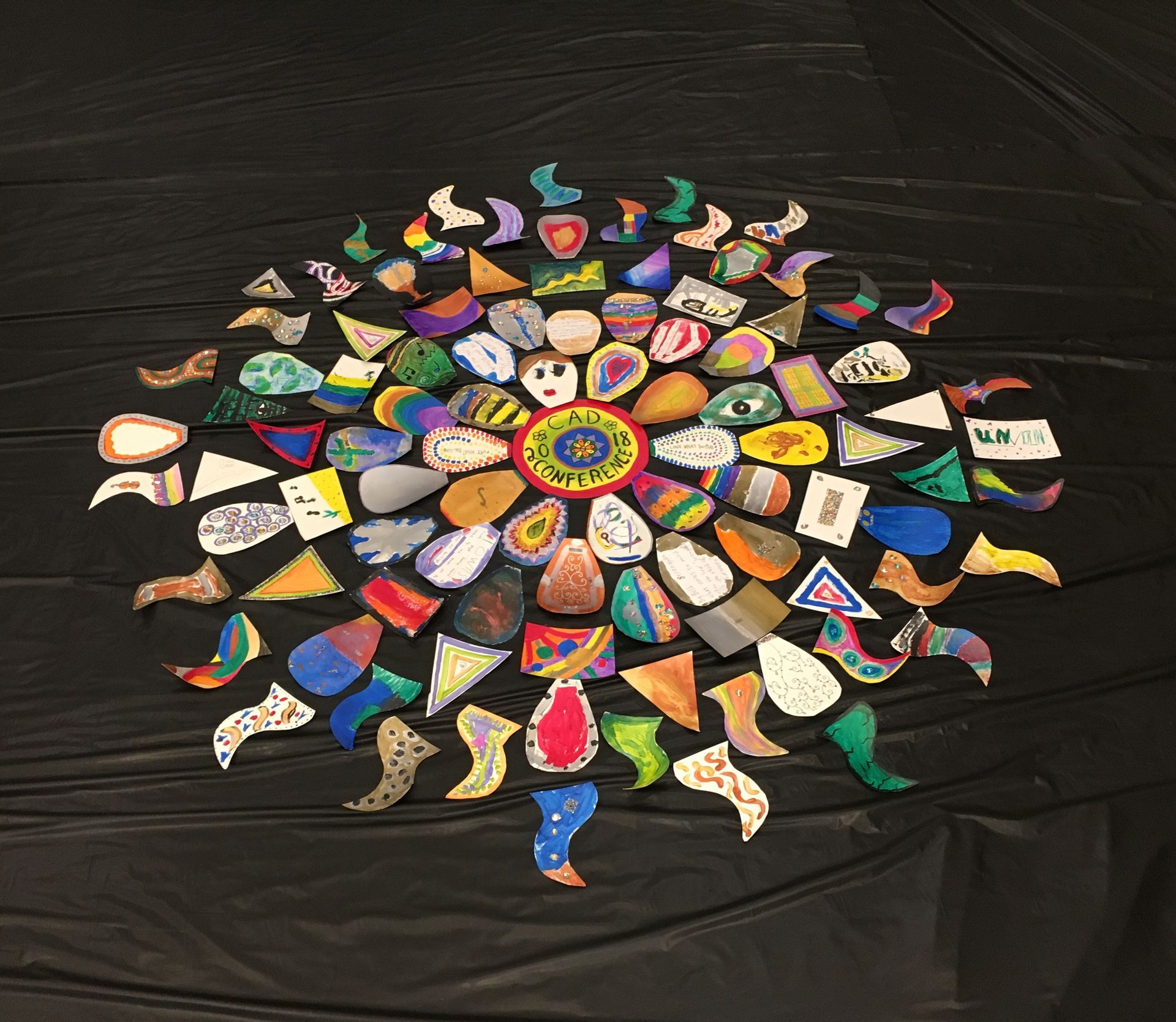"Imagine a place where you cannot make a mistake, where everyone listens when you speak, and everyone applauds your ideas…
Welcome to the world of Creative Ability Development"
A Message From Us
Great creative ability is born of the search for truth and beauty. In our search to understand our world, and in our need to create a better one, lie the roots of all genius and all of the growth and development of humanity. - Alice Kay Kanack
Creativity + Music = Unique Musicality
Unique Musicality + Great Technical facility = Artistry
Great Intelligence + Great Creativity = Genius
Who We Are
As an organization, we are committed to nurturing each child's unique voice and innate genius. Click below to learn more about our program!
-
The Method
Definition: Creative Ability Development (CAD) is an innovative method which uses improvisation as a tool to develop the creative part of the brain.
How it works: Creative ability is developed through the disciplined practice of the freedom of choice. In CAD, the teacher sets up a creative problem that has no correct answer. The student is then asked to find his own solution to the problem using improvisational practice. This active creative struggle triggers a process in the brain known in CAD as The Creative Process Theory:
Creative Process Theory
1. Conscious Work
2. Subconscious Work
3. Inspiration
4. Theory
At first, the student works consciously to find a solution to the problem. When the student is at rest, his subconscious takes over. Multiple repetitions of the conscious - subconscious process lead to inspiration. Inspiration is the moment in which the subconscious, having reached a solution to the problem, presents it to the conscious. As this exciting moment typically occurs without an explanation of how one arrived at the solution, theory is used to explain the inspiration.
Freedom of Choice + Disciplined Practice = Creative Ability Development
This is the founding and guiding educational principle of CAD. It is achieved through the use of improvisation over given backing tracks. While students are given complete freedom to choose their own ideas, discipline is achieved through the daily repetition of the assigned creative exercise.
The 3 Rules ~ These rules guide how we control the freedom of choice and maintain a safe atmosphere for creative activity in practice or group CAD settings.
1. There’s No Such Thing as a Mistake - Ideas are owned by the creator and therefore, it can never be criticized or corrected by anyone else in the room. Therefore, there is no such thing as a mistake when we create.
2. Applause and Silence - To deeply listen, we are silent; we applaud each creative expression to thank each other for the sharing of ideas.
3. Never Criticize a Friend - As there is no such thing as a mistake when we create, no-one is allowed to criticize anyone else in the creative environment.
CAD in private lessons or group classes CAD has been designed to be taught in private and group settings. Ideally, both are used, but much can be accomplished using either separately.
Solo Practice ~ A carefully designed set of books and recordings were created specifically to address the daily disciplined practice of the freedom of choice. The books consist of philosophical and pedagogical material as well as carefully graded musical improvisation exercises for daily practice. These act as creative etudes and are the backbone of the CAD process.
Group Practice ~ Guided by a series of carefully organized games and group exercises, CAD group class teaches students to communicate and share their own ideas, and accept ideas from each other in a unique and powerful way. True creativity is built on this kind of understanding, sharing and acceptance.
-
History
The Eureka Moment ~
The accidental discovery of brilliant creative ability in an otherwise struggling student, led Alice Kanack to research, experiment, and test her own theories regarding innate creative ability and the workings of the creative brain.
Research ~
The study of writings by great creative geniuses in all fields revealed a shared common process which became the basis of the Creative Process Theory and the Creative Ability Development Method.
Experimentation ~
Years of experimental study followed to test the Creative Process Theory and pedagogical concepts.
Books ~ After 10 years of experimenting and sharing the method with programs around the world, the first CAD books were published by Alfred in 1995. Several more followed over the years, with many more currently in development.
Recognition ~
In 1984, world famous pedagogue, Dr. Shinichi Suzuki, nicknamed Alice, “Mozart’s Mother,” in recognition of her groundbreaking work in developing a method to teach creativity to children.
CAD Becomes An International Movement ~
In recent years, CAD has been taught around the world in many different languages by a small but dedicated group of teachers. It has spread among Suzuki teachers, public school teachers, private music studios, outreach programs, college campuses and more. Conferences, retreats and reunions are increasing due to the demand for more connectivity among teachers. There is a need now to organize and build relationships that bridge multiple languages, experiences and circumstances.
-
Board and Staff
Executive and Advisory Board of Directors
Executive Board of Directors
George Thurston, Chair
Alice Kanack, Vice Chair and Executive Director of KSMA
Todd Klafehn, Secretary
Amanda Herman, Treasurer
Andrew Barnhart, Artistic Director of KSMA.
Joy Irwin
Scarlett Miles
Joan Klafehn
Masumi Rostad
Edith Jaffe
Advisory Board of Directors
Susan Basu
Victoria Wang
Teryle Watson
Maureen McCarron
Elliot Tyler
Rebeca Boyd
Andrew Barnhart
Alice Kanack
Todd Klafehn
Staff
Kanack School of Musical Artistry (home of CAD)
Alice Kanack, Executive Director
Andrew Barnhart, Artistic Director
Abbey Gebel, Grant Writer
Giving
Every gift helps teach another person to be uniquely and powerfully creative. Great creative ability is born of the search for truth and beauty. In our search to understand our world, and in our need to create a better one, lie the roots of all genius and all of the growth and development of humanity.
Leave a message below!
Contact Us
We will get back to you as soon as possible.
Please try again later.
Find Us:
2077 S Clinton Ave, Rochester, NY, 14618, United States

